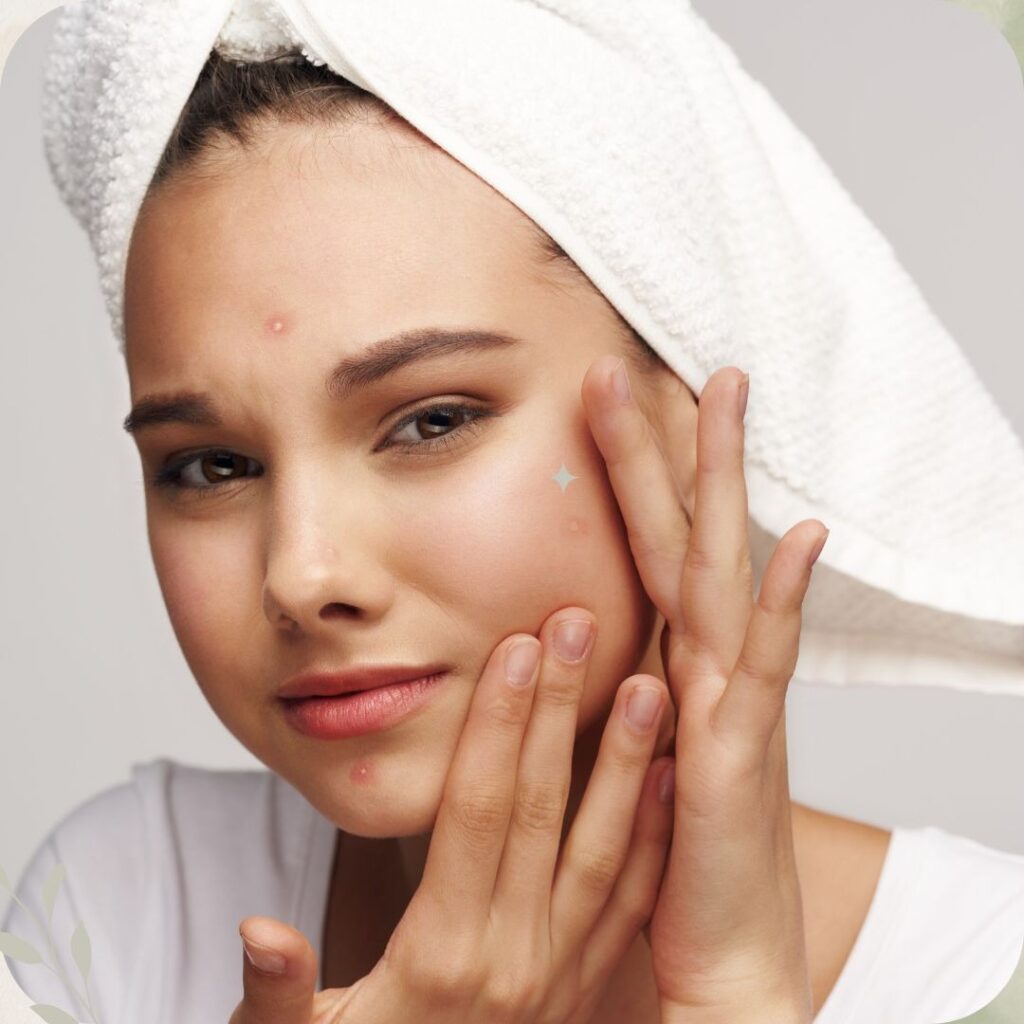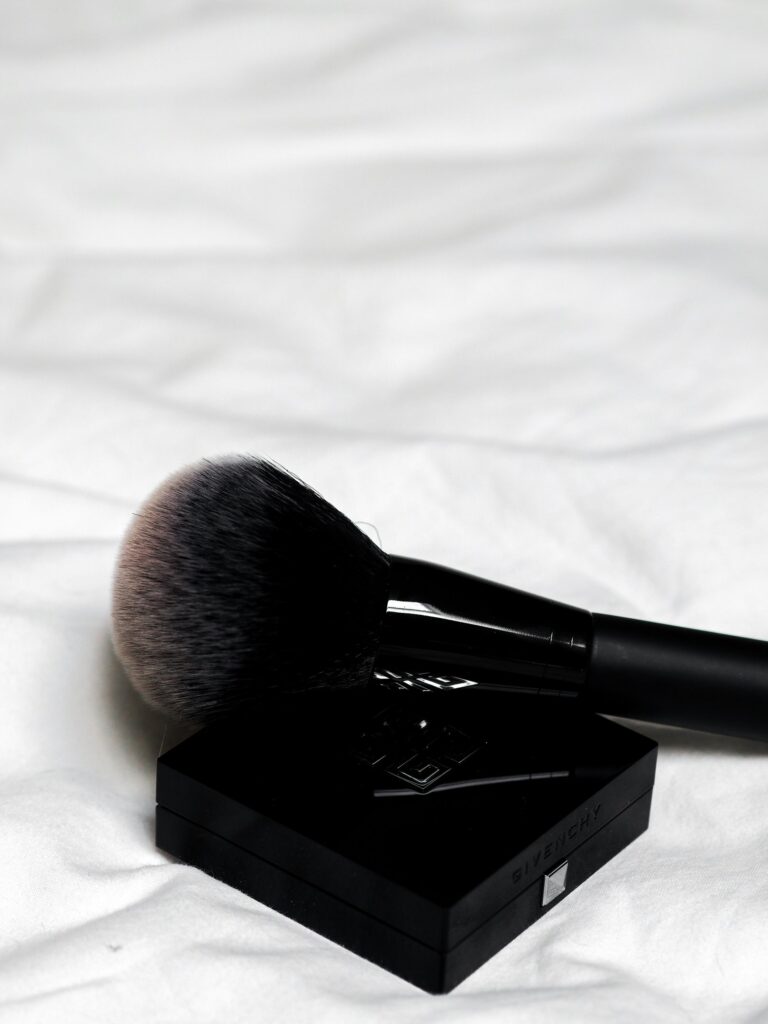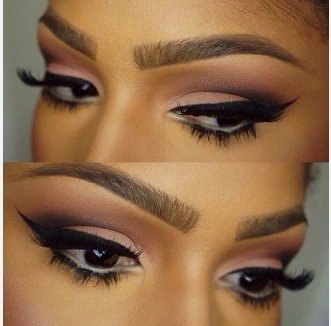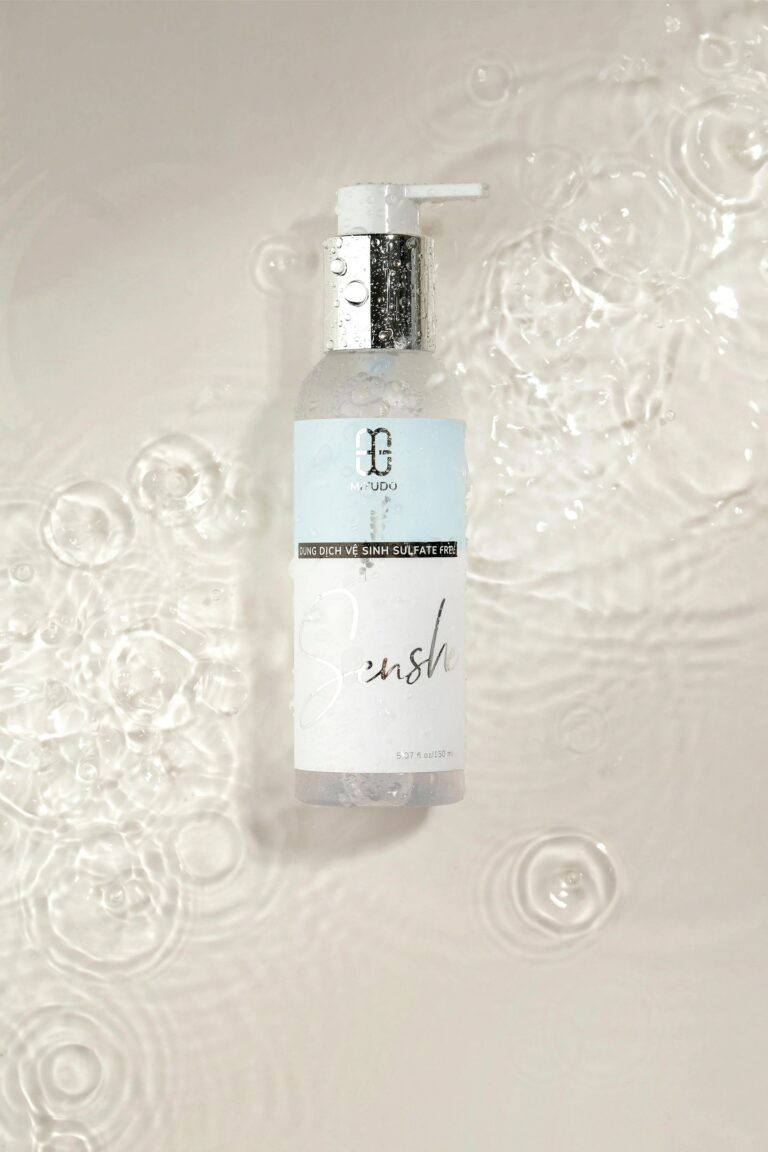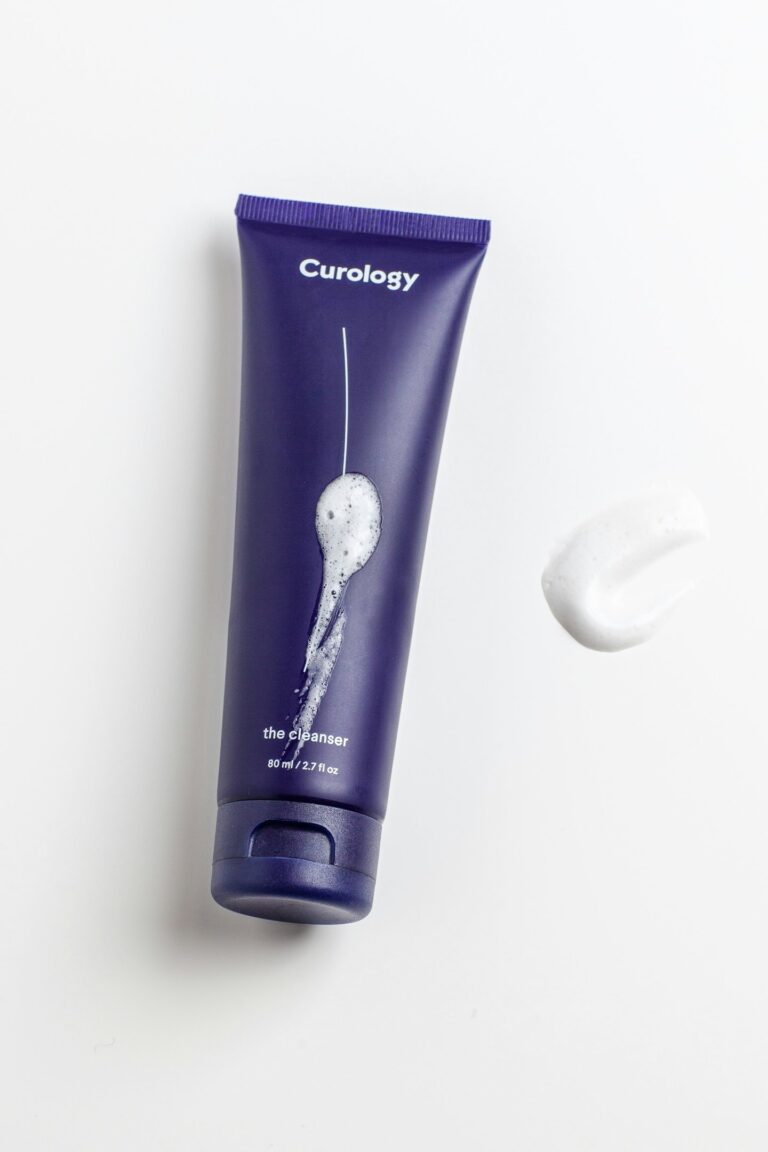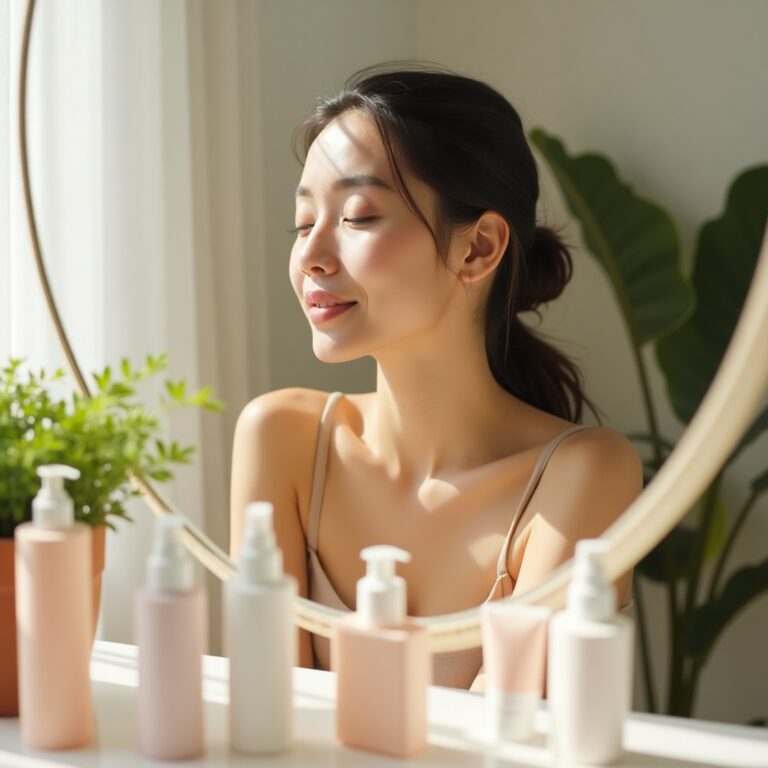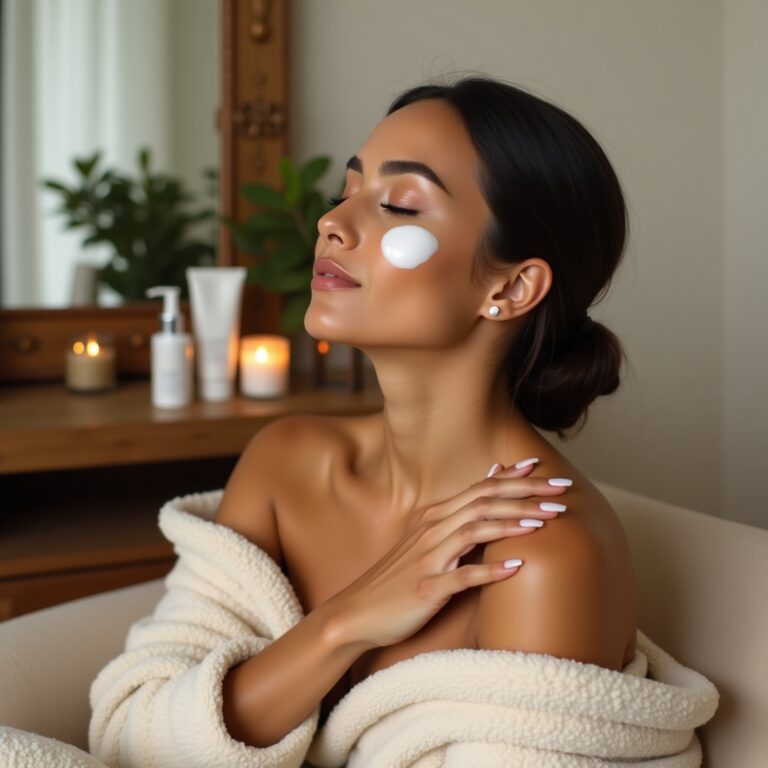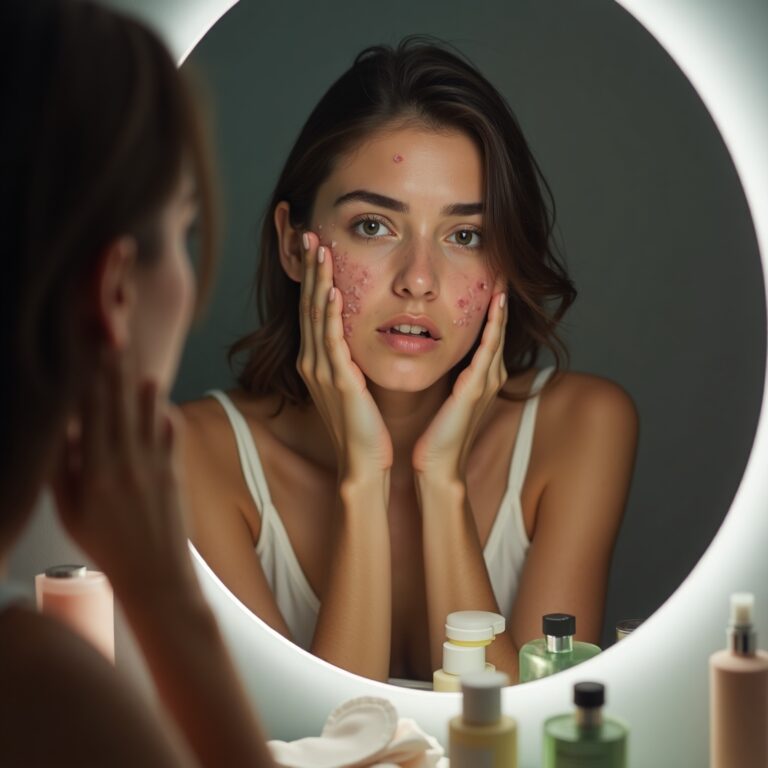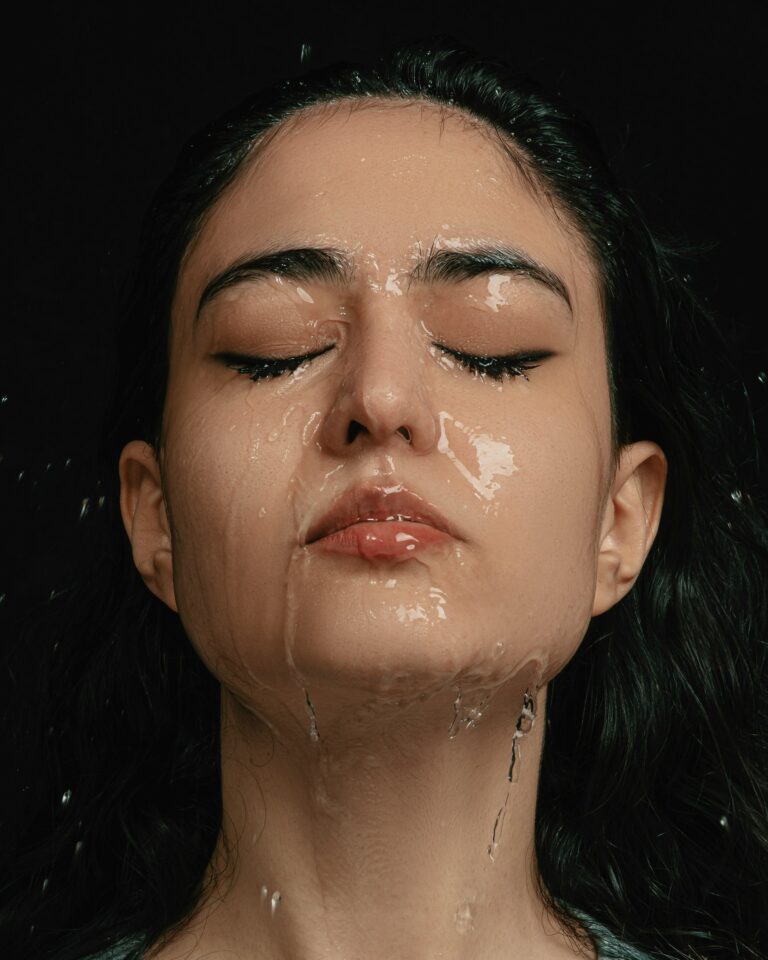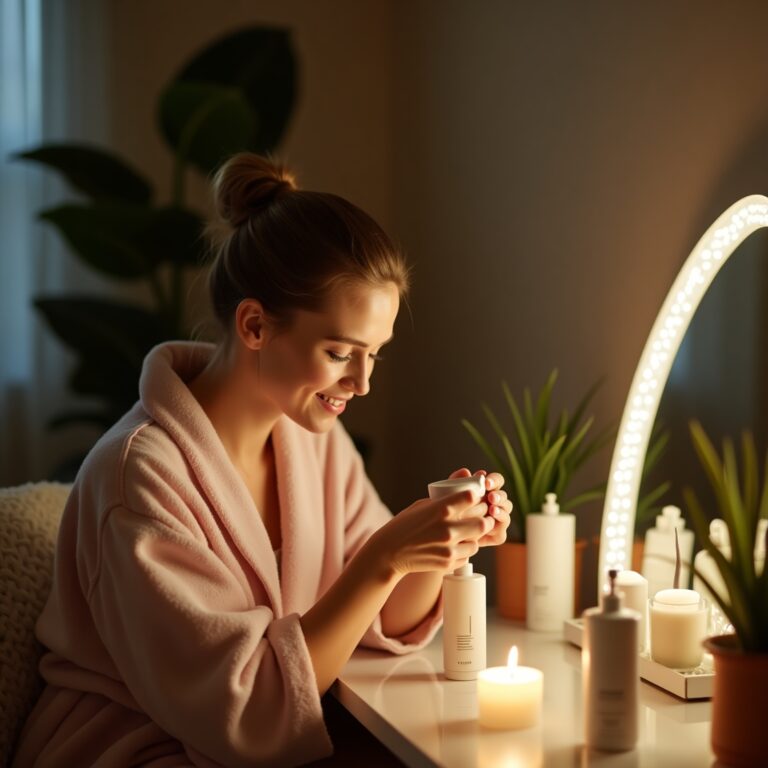How to Remove Dark Spots & Pigmentation: Your Complete Skincare Guide
Follow five simple steps to take away dark spots and obtain an even skin tone. Find out our effective skincare techniques to lighten pigmentation and achieve that lovey glow!
Are you dealing with an uneven skin tone and dark spots on your skin? A specially crafted skincare routine to remove dark spots will help you get rid of hyperpigmentation and restore the lost skin radiance. You will find this guide very useful as it outlines an easy and effective dermatologist-recommended routine that includes gentle exfoliation, brightening agents, and sun protection for a clearer skin. Let’s get started on the steps towards healthier skin.
What are the Causes for Dark Spots & Pigmentation?
Skin’s dark spots and pigmentation are often attributed to the skin’s hyperpigmentation which is the resultant color of an excess of melanin which is produced in the body. Some of the most common causes are
- Sun exposure: Exposure to the sun for a long period of time, especially unprotected UV exposure will cause an increase in melanin producing sun spots or age spots.
- Post-inflammatory hyperpigmentation (PIH): Post acne, eczema, cuts, and irritation from inflammation often results in dark spots which we refer to as (PIH).
- Hormonal changes:
Hormonal changes such as melasma due to pregnancy, birth control, or even menopause.
- Aging: Aging also causes changes to skin as it matures.
- Certain medications: Certain medications, particularly hormonal ones also increase the risks of pigmentation.
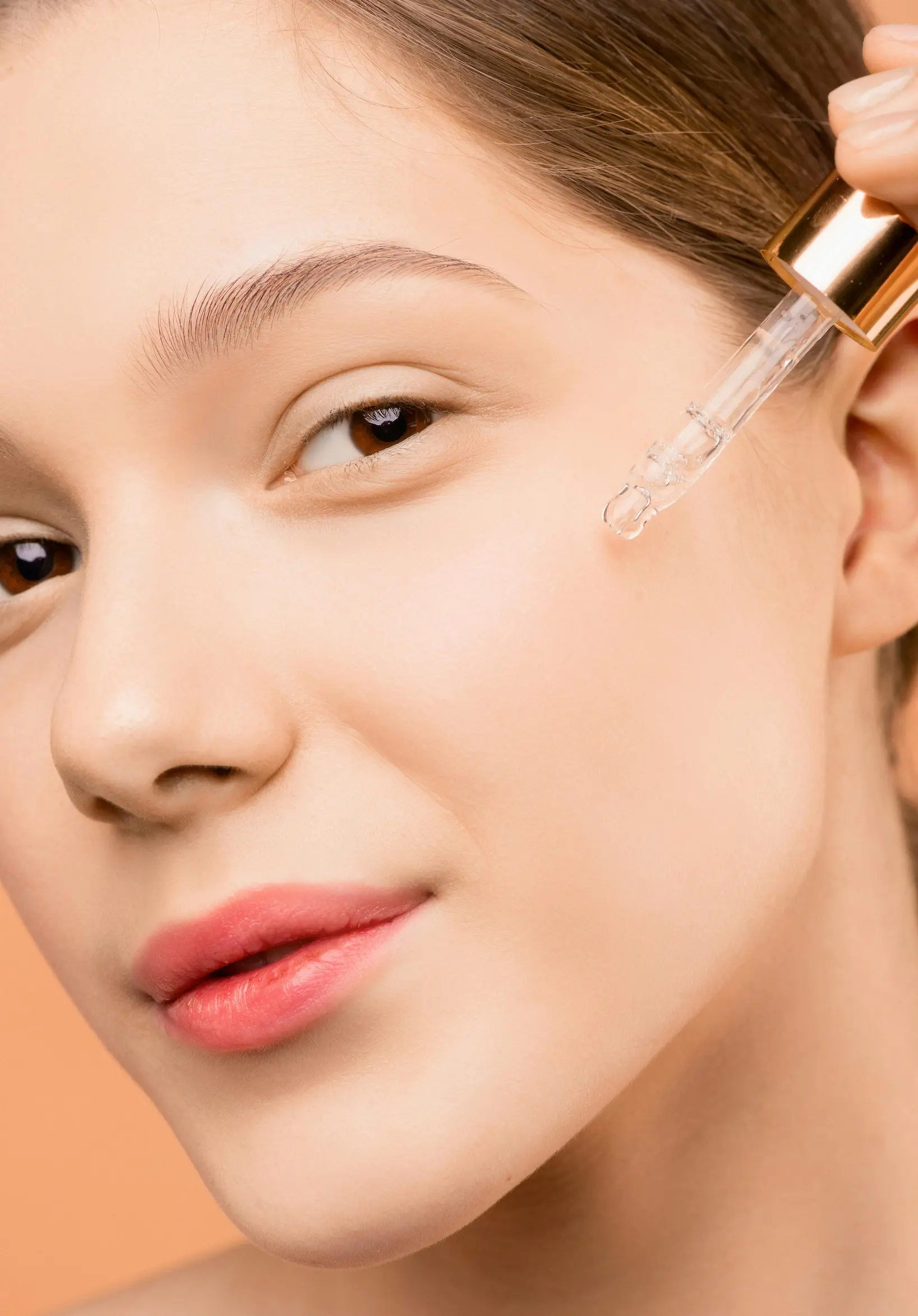
Image Credit: shiny-diamond
Types of Pigmentation
Knowing your type of pigmentation helps customize your routine:
- Sun Spots/Age Spots: Brown, flat, and small patches that develop as a result of sun exposure.
- Post-Acne Marks (PIH): Darkish spots that form as a result of acne healing.
- Melasma: Generally hormonal, melasma consists of larger, irregular patches of color.
- Freckles: Often hereditary and can fade or deepen with exposure to the sun.
For other sensitive skin concerns, check our Sensitive Skin Skincare Routine.
Dark Spot and Pigmentation Treatment :
To fade pigmentation, the following is essential:
Gentle skin exfoliation
Ingredients that brighten the skin and promote renewal
Protection from the sun
Great care and adherence to a timeline (weeks to months) for results to show
According to Mayo Clinic, these steps are key to effective treatment.
Improve your Dark Spot Skincare Routine step by step :
1️⃣ Gentle Cleanser
Use a gentle, non-stripping cleanser to eliminate impurities without causing irritation to skin as first step.
Look for:
Cleansers that are hydrating
pH-balanced formulations
Avoid:
Aggressive exfoliation scrubs
Sulfate-containing foaming cleansers
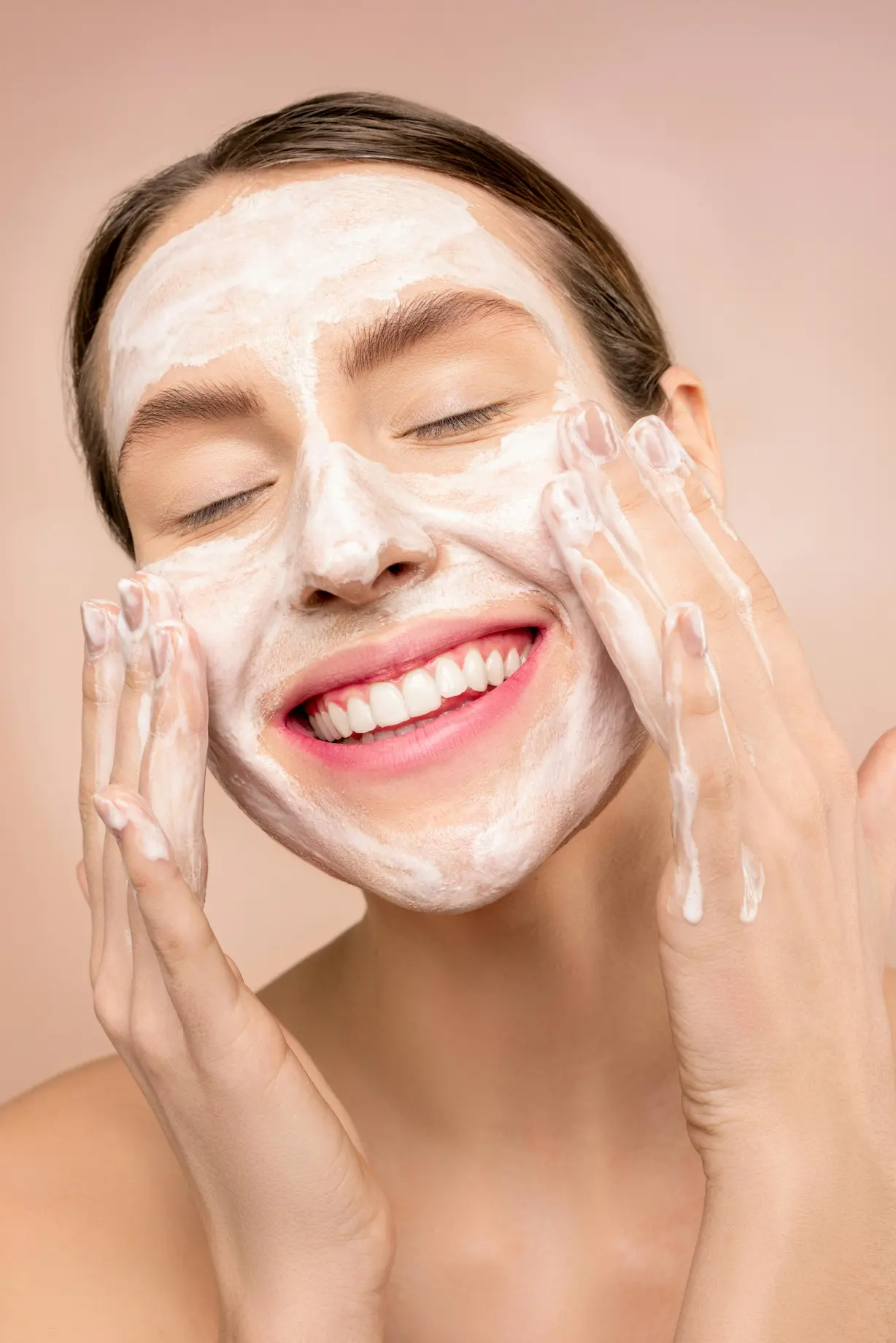
Image Credit: shiny-diamond
2️⃣ Regular Exfoliation (2-3x/week)
Exfoliation helps remove dead skin cells to improve the texture and skin tone.
Look for:
- Pigmentation Surface AHAs (Glycolic and Lactic Acid)
- Salicylic Acid BHA for acne-prone skin
- Sensitive Papaya or Pumpkin Enzyme Exfoliants
Caution: Over-exfoliation can be detrimental, especially for skin with pigmentation issues.
3️⃣ Focused Treatment Serums.
Dark spots can be faded with targeted ingredients in serums. Check NightTime Skincare Routine for tips on nighttime applications.
Best active ingredients include:
Vitamin C: Skin brights and melanin synthesis, protects the skin from oxidative damage.
Niacinamide: Fades spots, improves skin tone, reduces melanin synthesis, and soothes inflammation.
Alpha Arbutin: Gentle skin brightener with fast action.
Licorice Extract: Natural skin brightener and calms the skin.
Tranexamic Acid: Stubborn melasma or post-inflammatory spots response.
Retinoids/Retinol: Cell turnover and fade lesions.
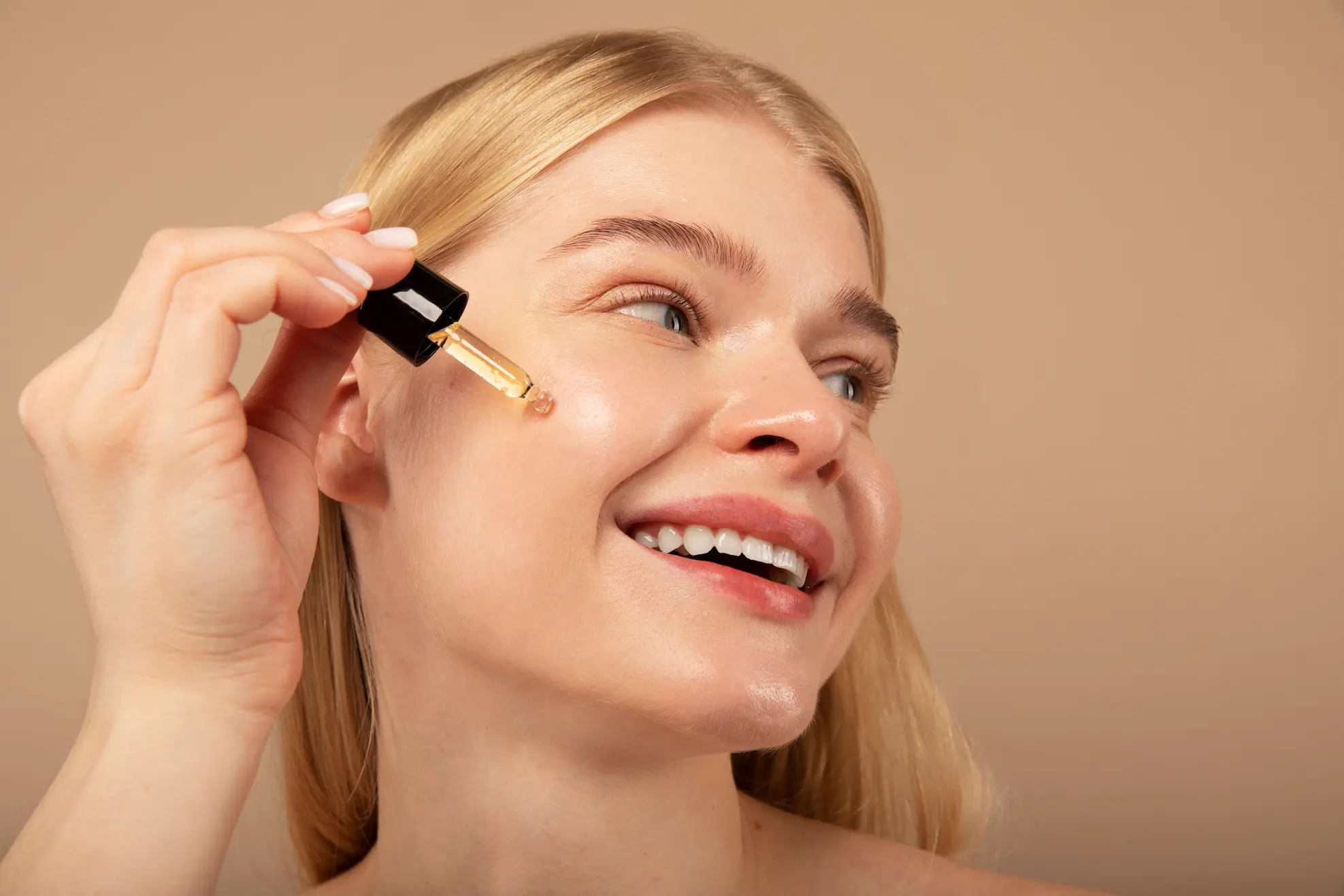
Image Credit: freepik
4️⃣ Moisturizer
A well-functioning skin barrier is especially important in the management of pigmentation. Apply moisturizer to replenish hydration and to minimize the skin sensitivity in response to active ingredients.
Look for:
- Ceramides
- Hyaluronic acid
- Squalane
- Peptides
5️⃣ Sunscreen : Most important step!
Daily sunscreen is mandatory and should be used, even on cloudy days or when indoors. UV exposure, even during cloudy days or indoors, exacerbates pigmentation and hinders treatment progress.
Look for:
- Broad-spectrum SPF 30 or higher
- PA+++ rating (for UVA protection)
- Reapply every 2–3 hours if outdoors

Image Credit: Engin Akyurt from Pixabay
Natural Remedies That May Help
While not as fast-acting as clinical actives, some natural ingredients can complement your routine:
- Aloe Vera Gel: Soothes and hydrates skin.
- Licorice Root Extract: Naturally brightens skin.
- Green Tea Extract: Antioxidant-rich and calming.
- Rosehip Oil: Rich in vitamin A and essential fatty acids.
Note: Always patch test natural remedies first!
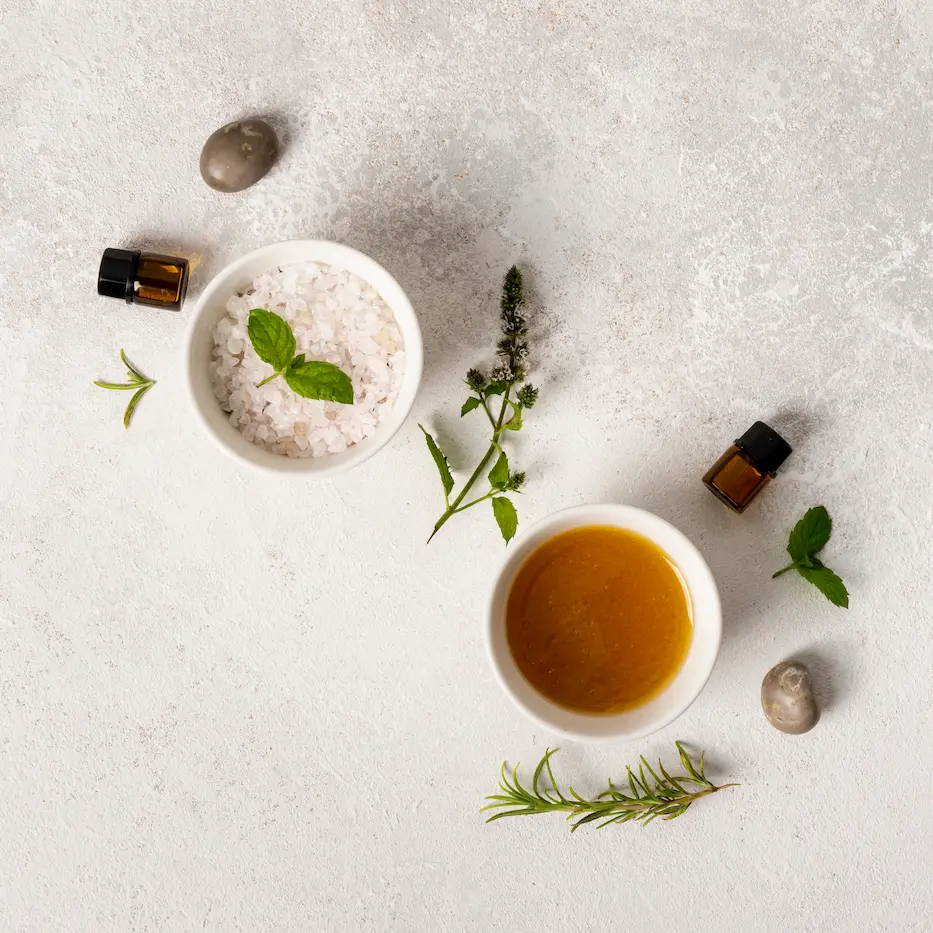
Image Credit: freepik
Lifestyle Tips for Preventing Pigmentation
For budget-friendly options, explore our Affordable Skincare Routine.
- Wear a wide-brimmed hat and sunglasses in the sun.
- Limit direct sun exposure, especially between 10 AM–4 PM.
- Avoid picking or squeezing pimples—this leads to PIH.
- Manage stress and hormones where possible.
- Maintain a healthy diet rich in antioxidants (vitamin C, E, beta-carotene).
- Be patient and consistent—fading pigmentation takes time!
How Long Will It Take to See Results?
Results vary by pigmentation type:
- Mild post-acne spots: 4–6 weeks with consistent care
- Sun spots/age spots: 2–3 months or longer
- Melasma: Can be stubborn; may need professional treatments
Consistency is key. Always protect your skin from further sun damage.
When to See a Dermatologist
Consult a dermatologist if your pigmentation:
- Is deep or resistant to home care
- Is spreading rapidly
- Affects your confidence or emotional well-being
They can offer advanced treatments like:
- Chemical peels
- Laser therapy
- Prescription-strength creams
- Microneedling
Final Thoughts
You don’t need to live with dark spots and uneven skin tone forever. With a consistent remove dark spots skincare routine and smart sun protection, you can fade pigmentation and achieve a brighter, more even complexion over time.
Be gentle with your skin, stay patient, and focus on long-term health, not quick fixes. Explore more insights at Mayo Clinic. Share your journey to radiant skin in the comments!
Disclaimer: This article may contain affiliate links. If you click and purchase, we may earn a commission at no extra cost to you. As an Amazon Associate, we earn from qualifying purchases.
